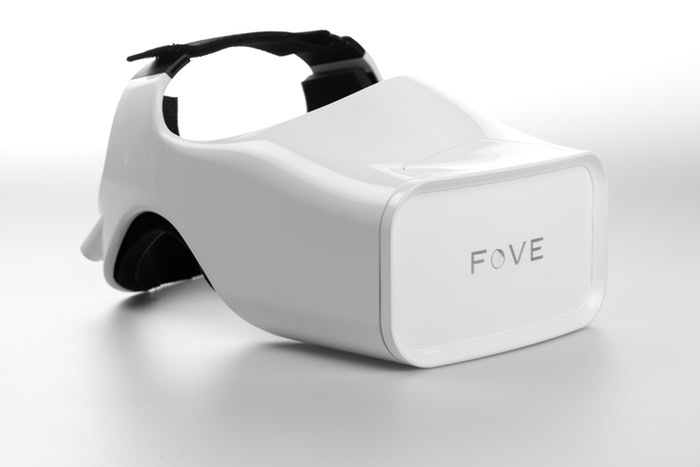Affiliate links on Android Authority may earn us a commission. Learn more.
Will the future of virtual reality be controlled by our eyes?

Virtual reality has come a long way over the past few years, though many of the headsets available to consumers today are very similar. Once you put any one of the headsets on, whether we’re talking about Samsung’s Gear VR or even Google Cardboard, you’re quickly immersed into a 3D world that allows you to move around by tracking your head movements. Some of them have physical controllers, some of them let you control your movements by pressing a physical button on the side of the headset. But what if there was a VR headset out there that could let you interact with the virtual world an easier way? The Fove VR headset aims to do just that.
[related_videos title=”Related Videos” align=”center” type=”custom” videos=”592175,522432,397856,593454″]
Tokyo-based startup Fove has just launched a Kickstarter campaign for its new virtual reality headset that will actually allow users to control and interact in the VR world by just using their eye movements. The big secret behind Fove’s technology is a process called “foveated rendering”, meaning the graphics engine can focus on what the user is looking at, allowing that specific area to appear in a higher resolution. This lets the graphics engine conserve more power, which will allow it to one day be able to run on lower-powered devices, such as smartphones or tablets.

On the gaming front, users will also be able to make eye contact with characters, aim weapons and shoot with their eyes, and move more naturally overall. Fove has the potential to span beyond VR gaming, as well. Early developers of the headset worked with a teenager that has motor neuron disease to create software that would allow him to play the piano, just by using his eyes.

Fove just recently launched a Kickstarter campaign in hopes to bring this technology to folks interested in the tech. With 43 more days to go, Fove has already raised $235K of its $250K goal. Early backers can snag a headset for $349, while retail units will be available to the public for $500. Headsets begin shipping out to backers starting May 2016.
So now that you’ve seen a brief glimpse into the world of virtual reality eye tracking, do you think this is the future of VR? For those who have yet to adopt more mainstream products, if eye tracking came to Samsung’s next Gear VR headset or to the next version of Google Cardboard, would you jump onboard with the tech? Be sure to let us know your thoughts in the comment section below!